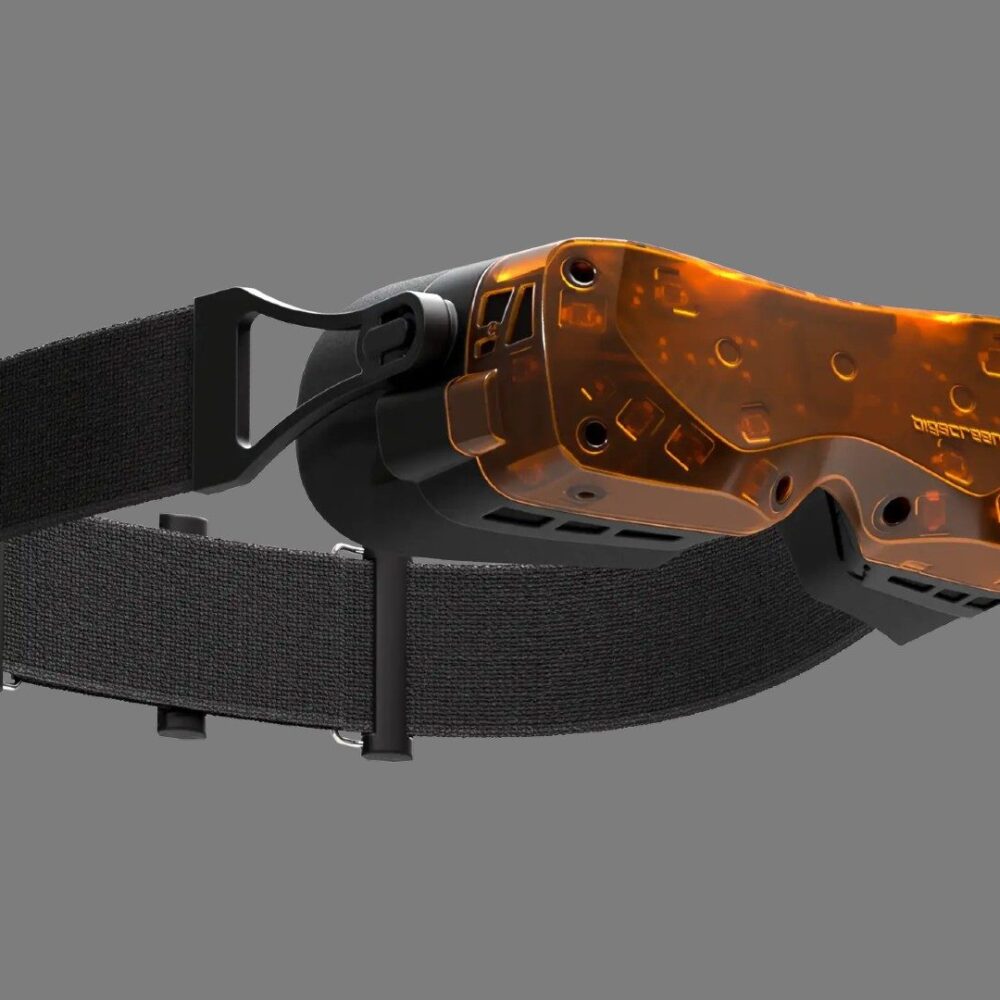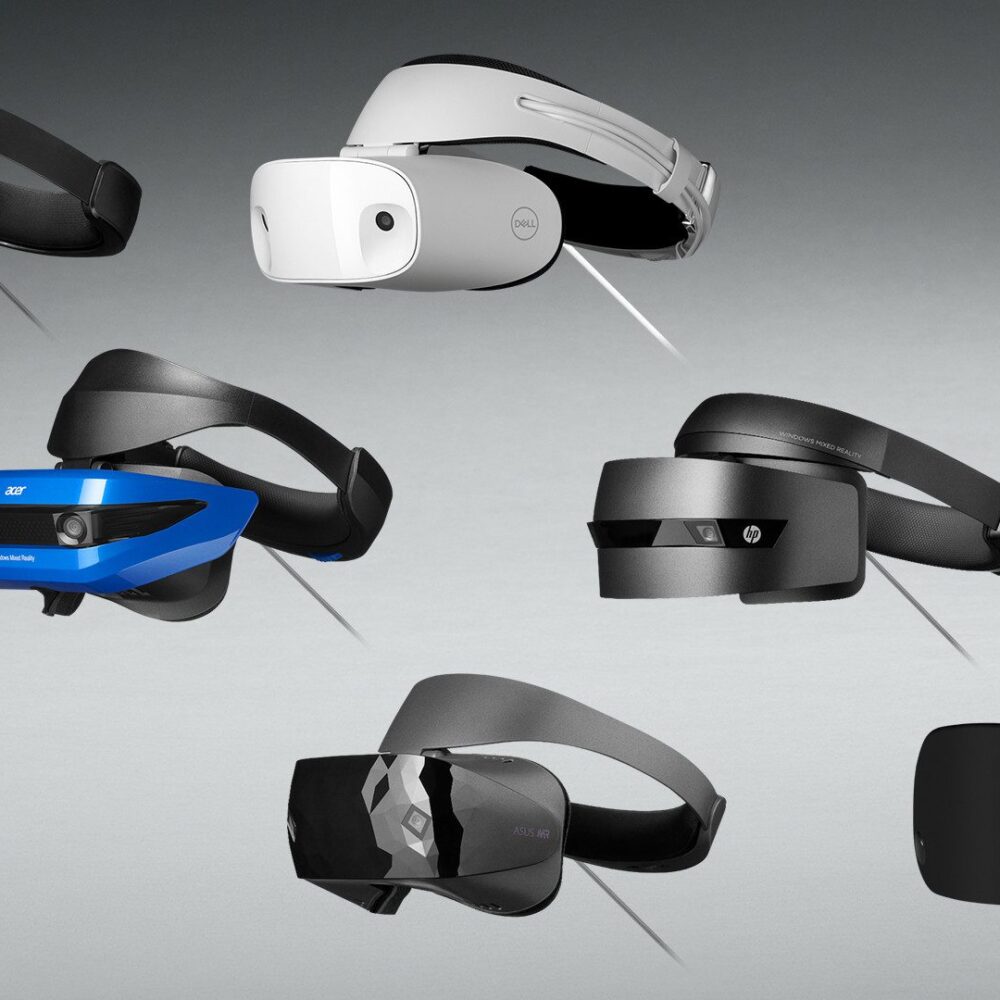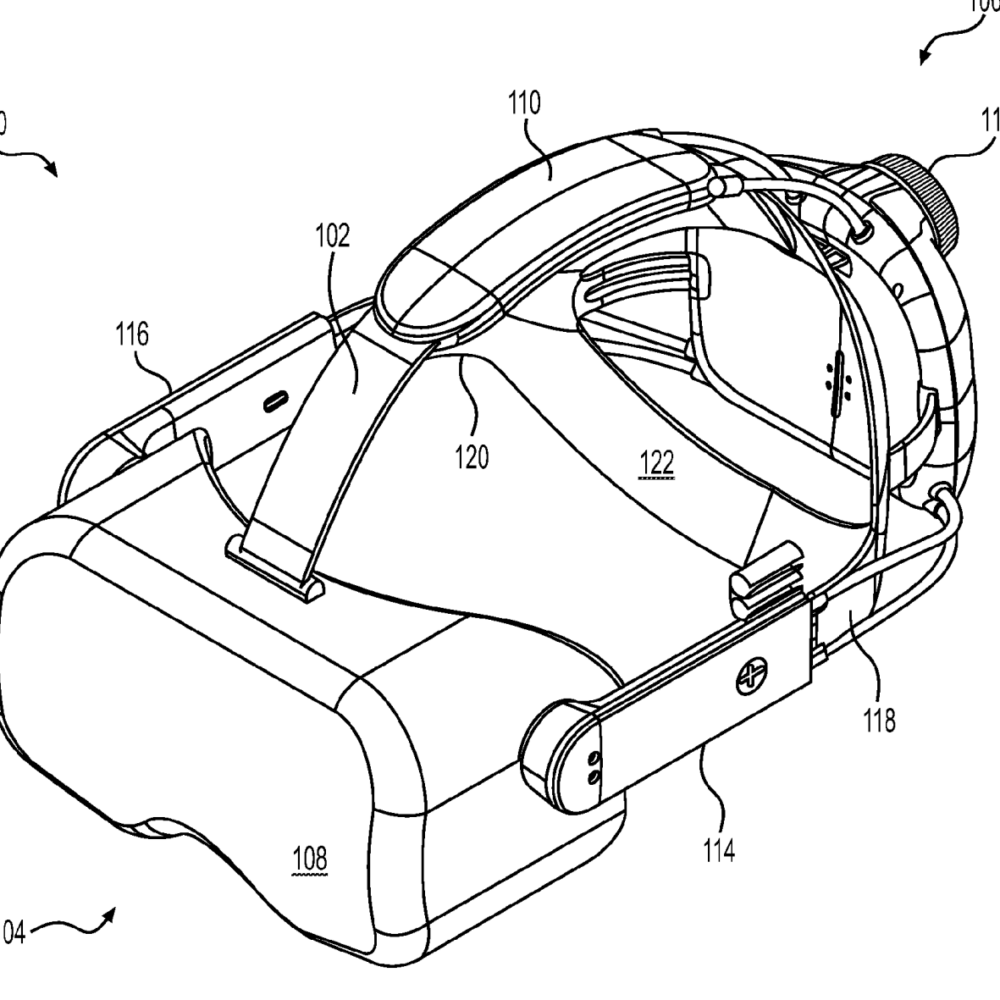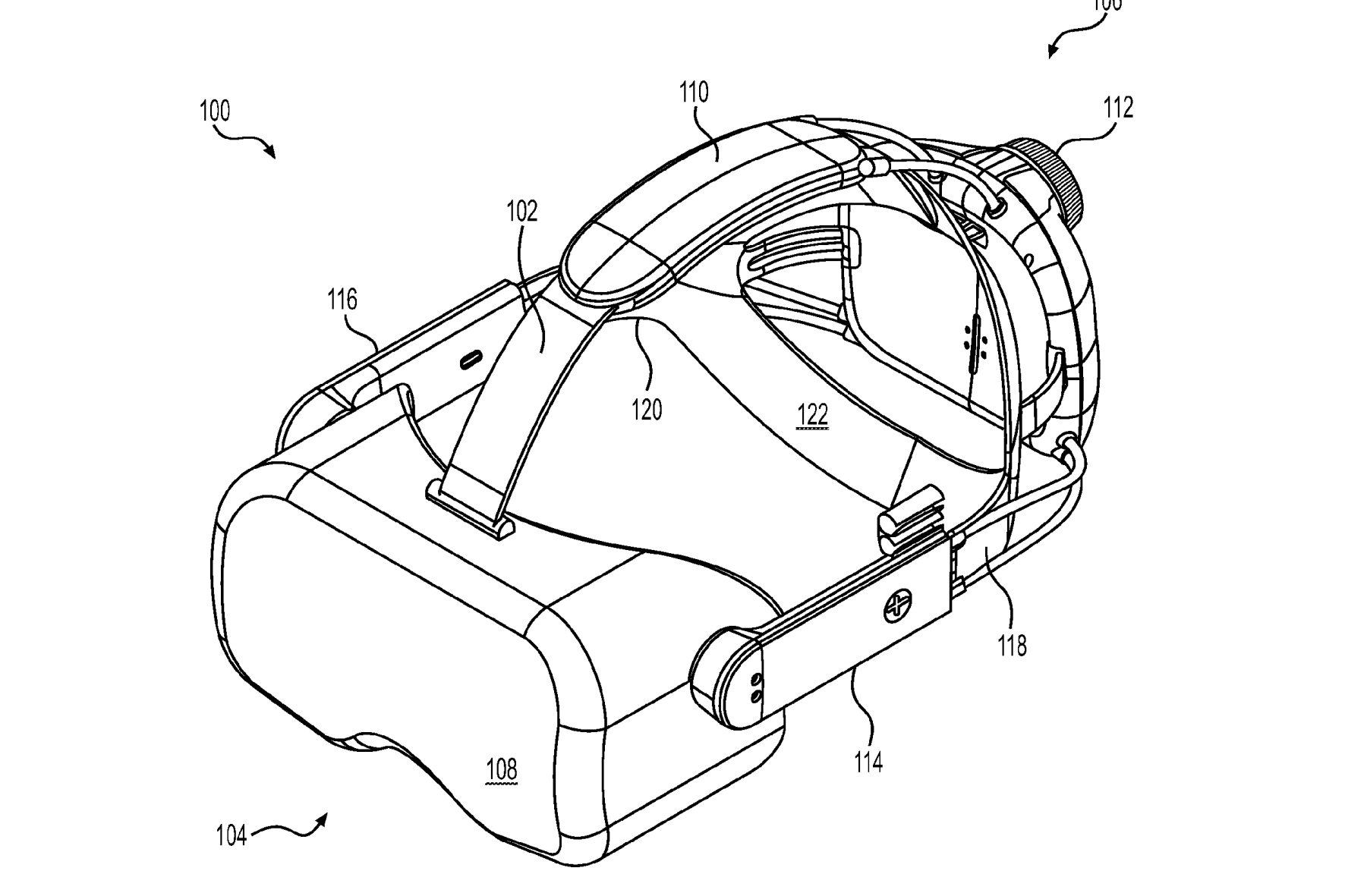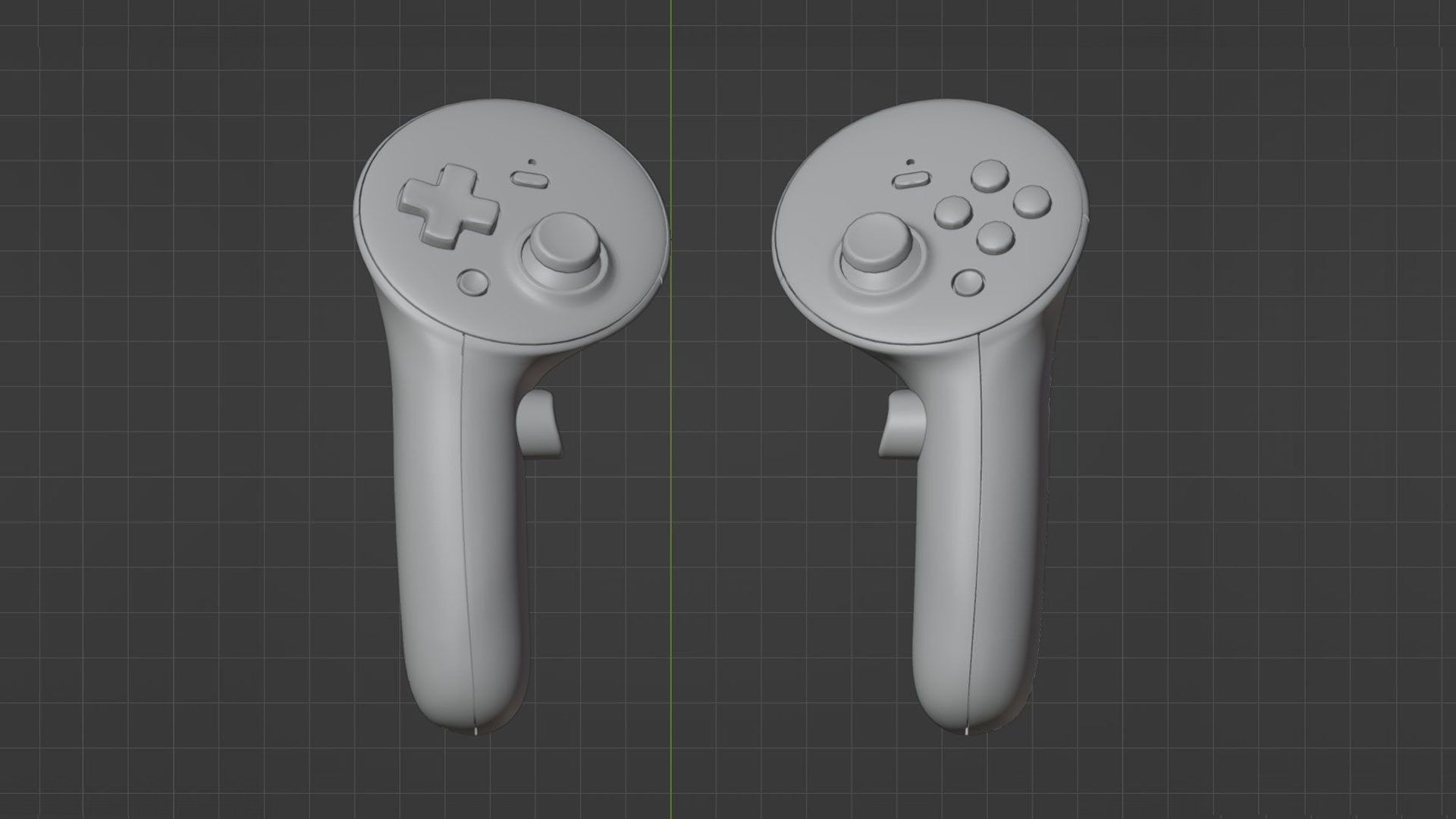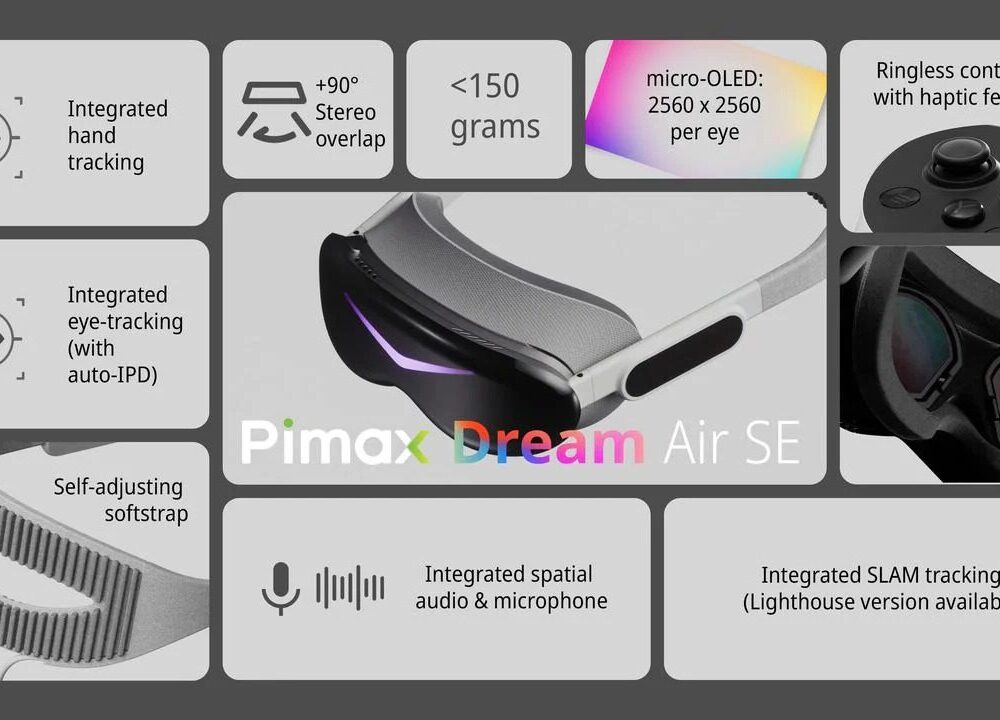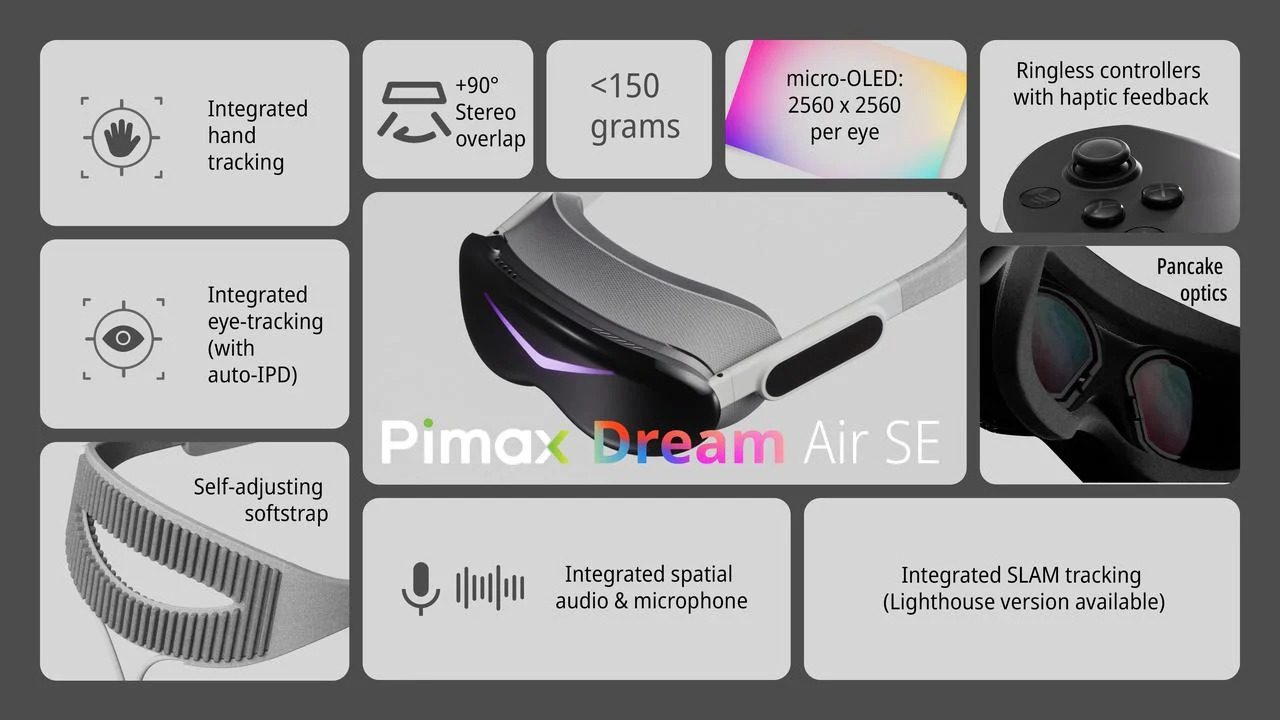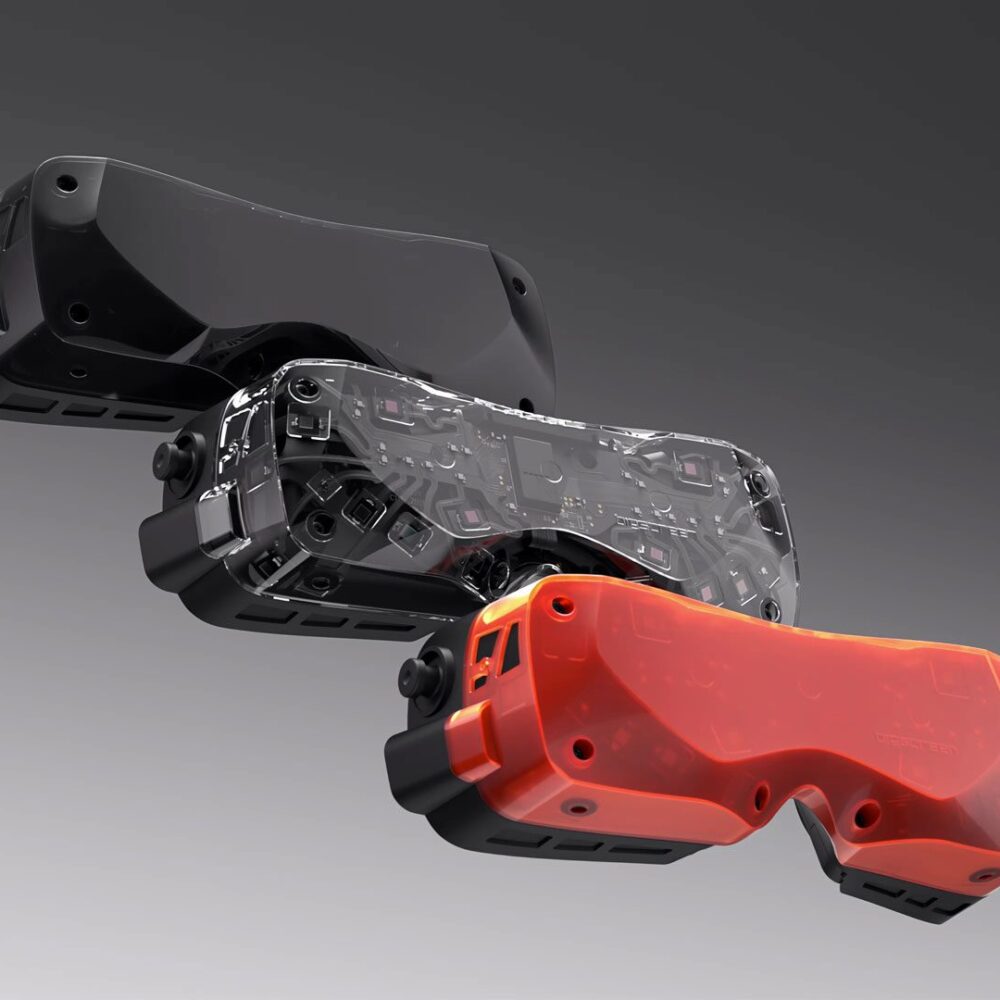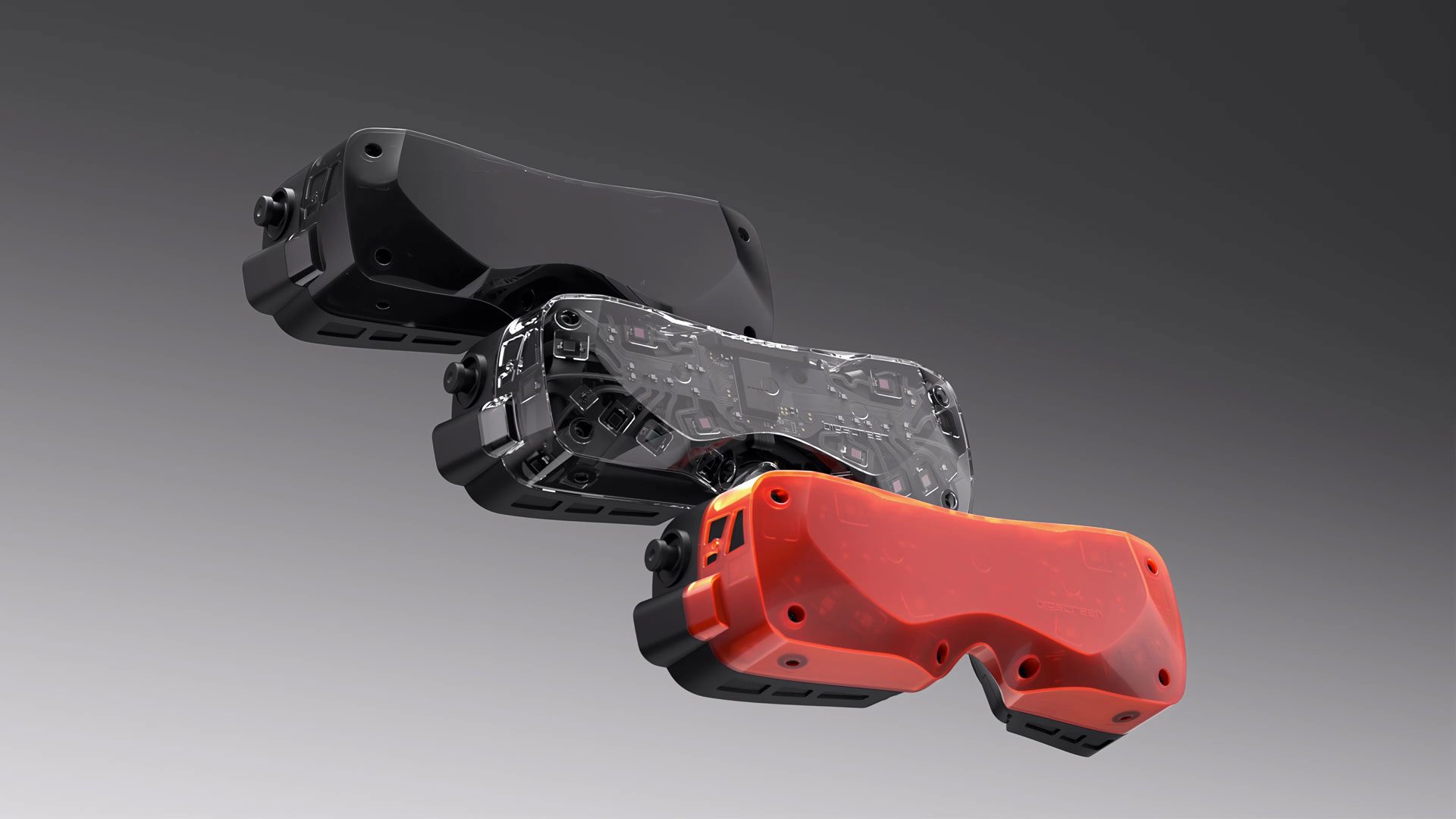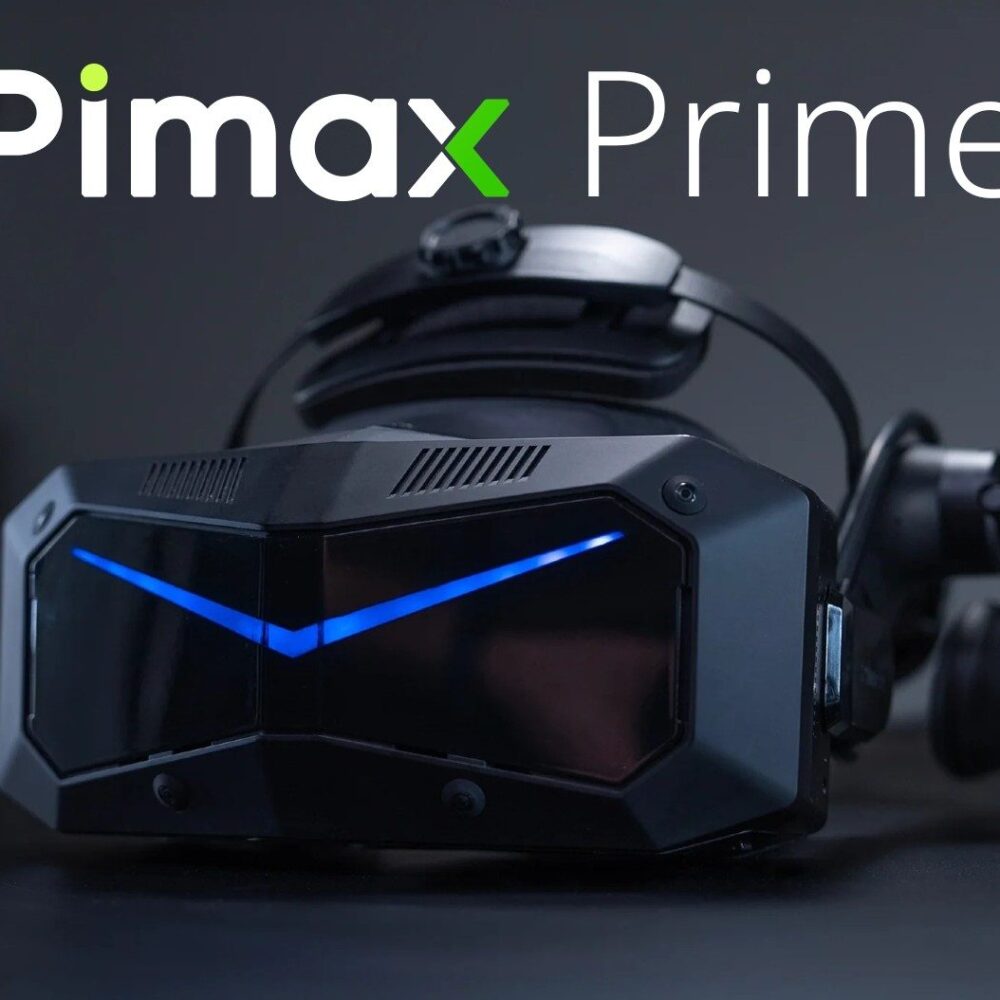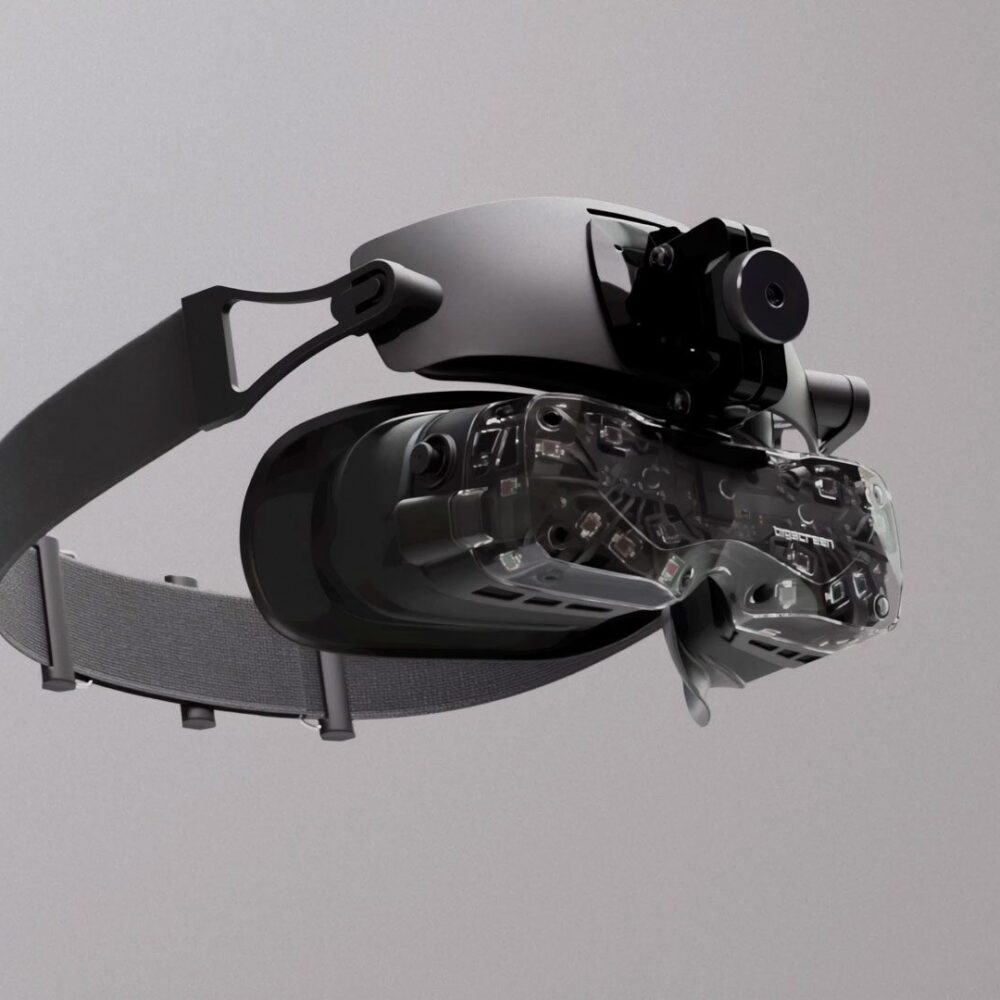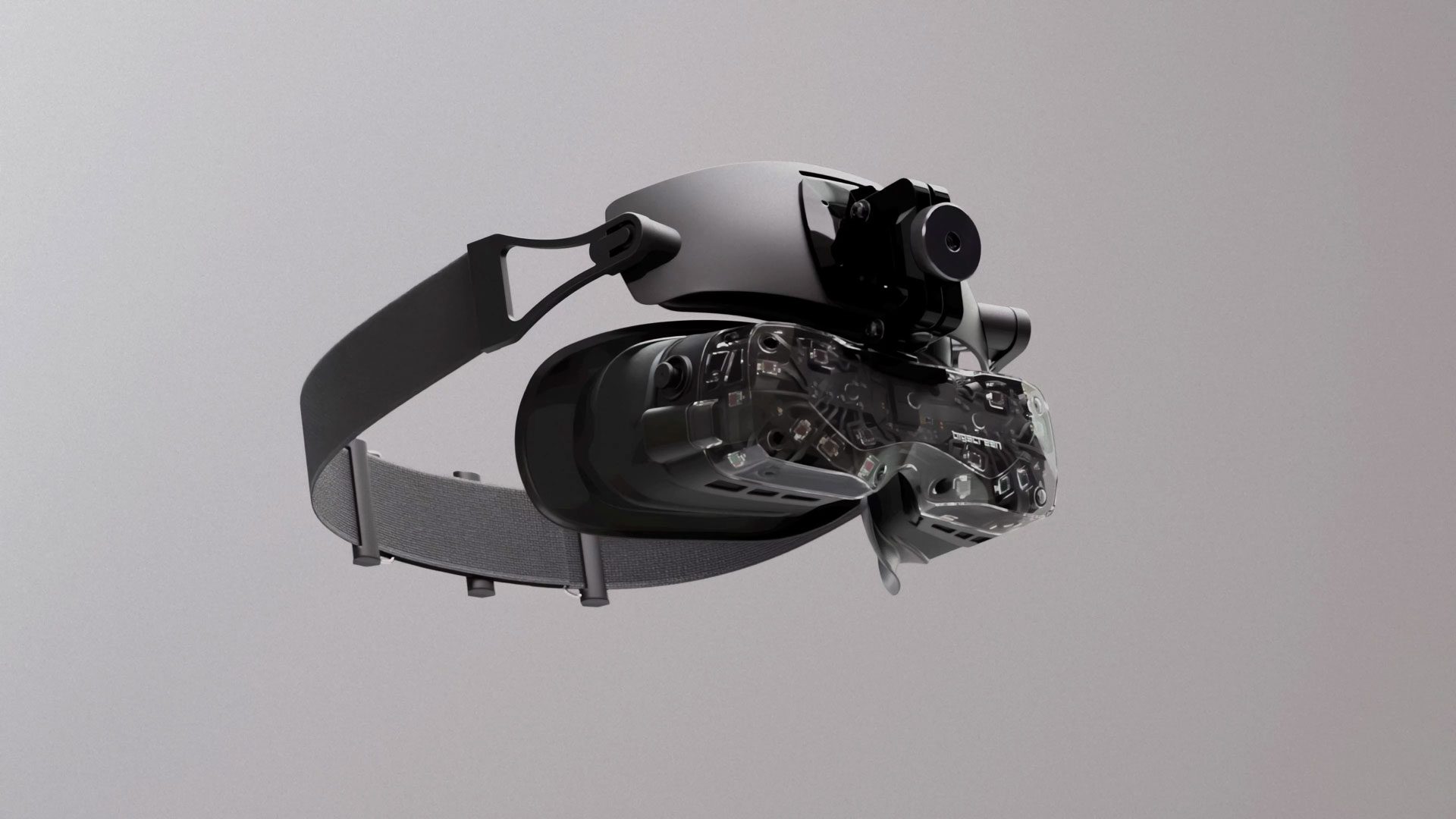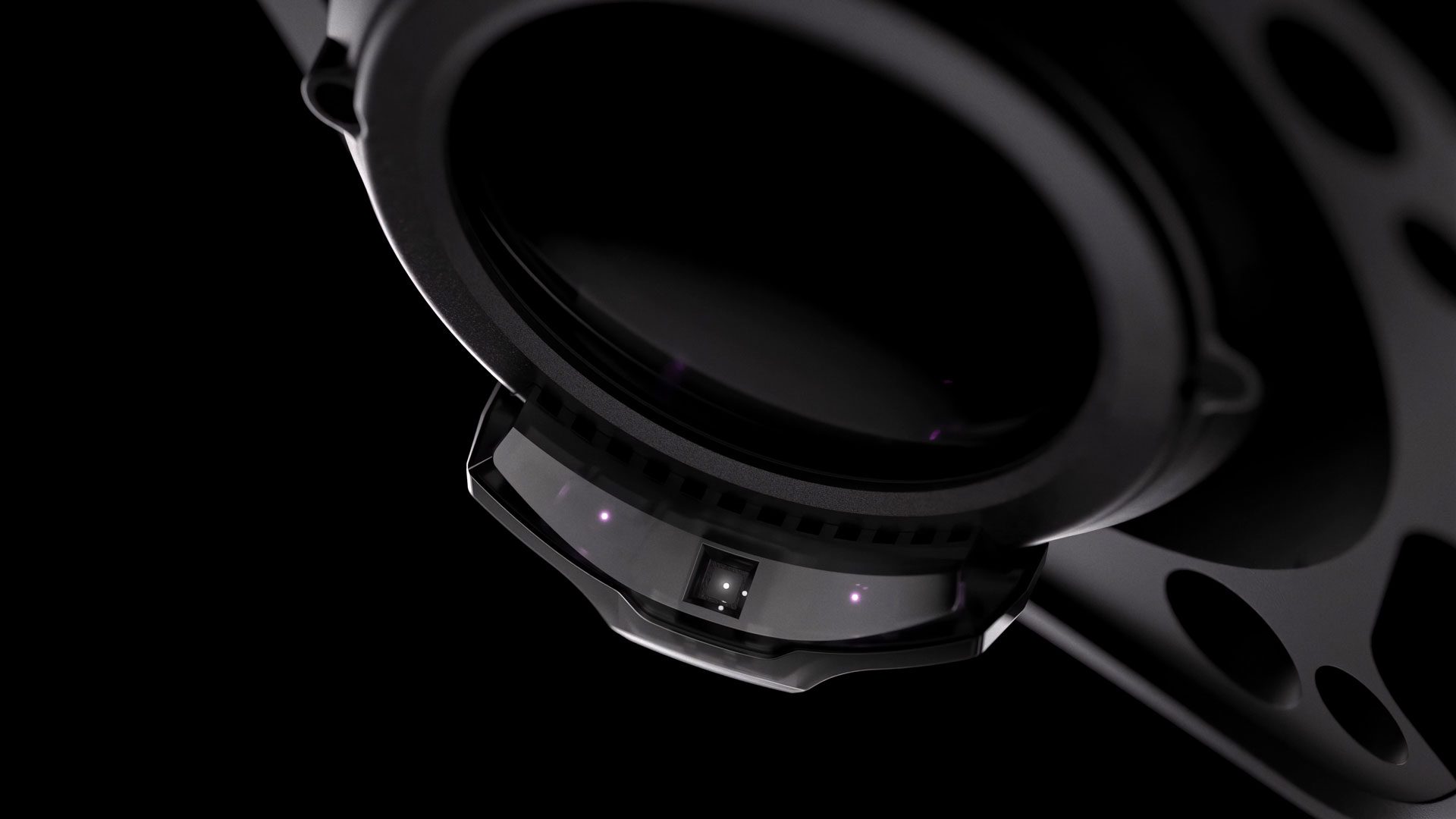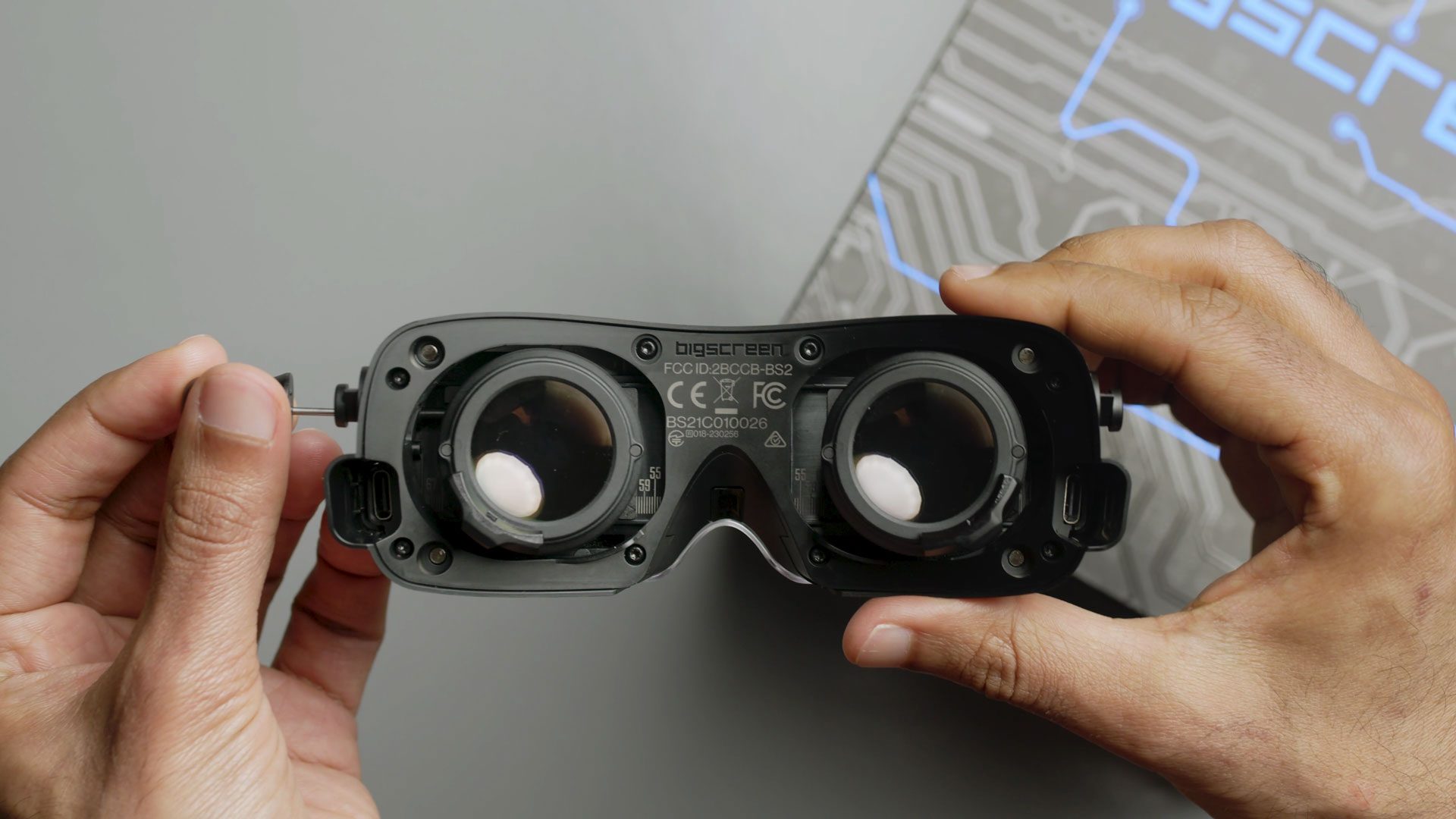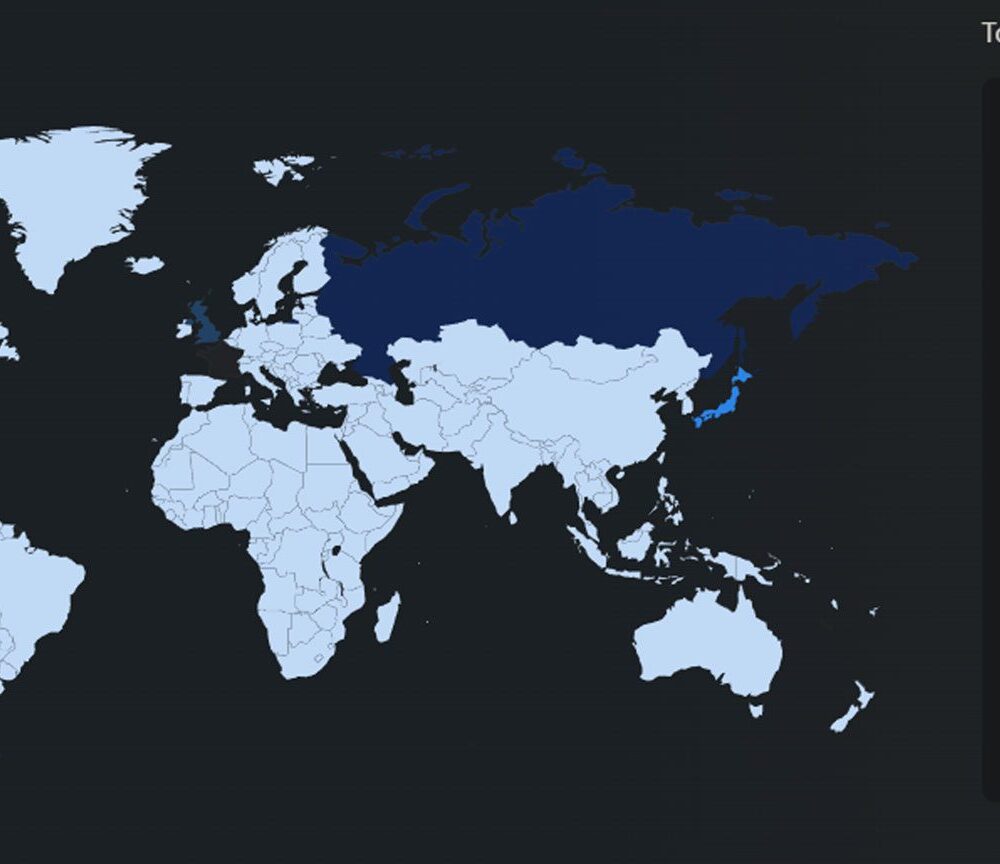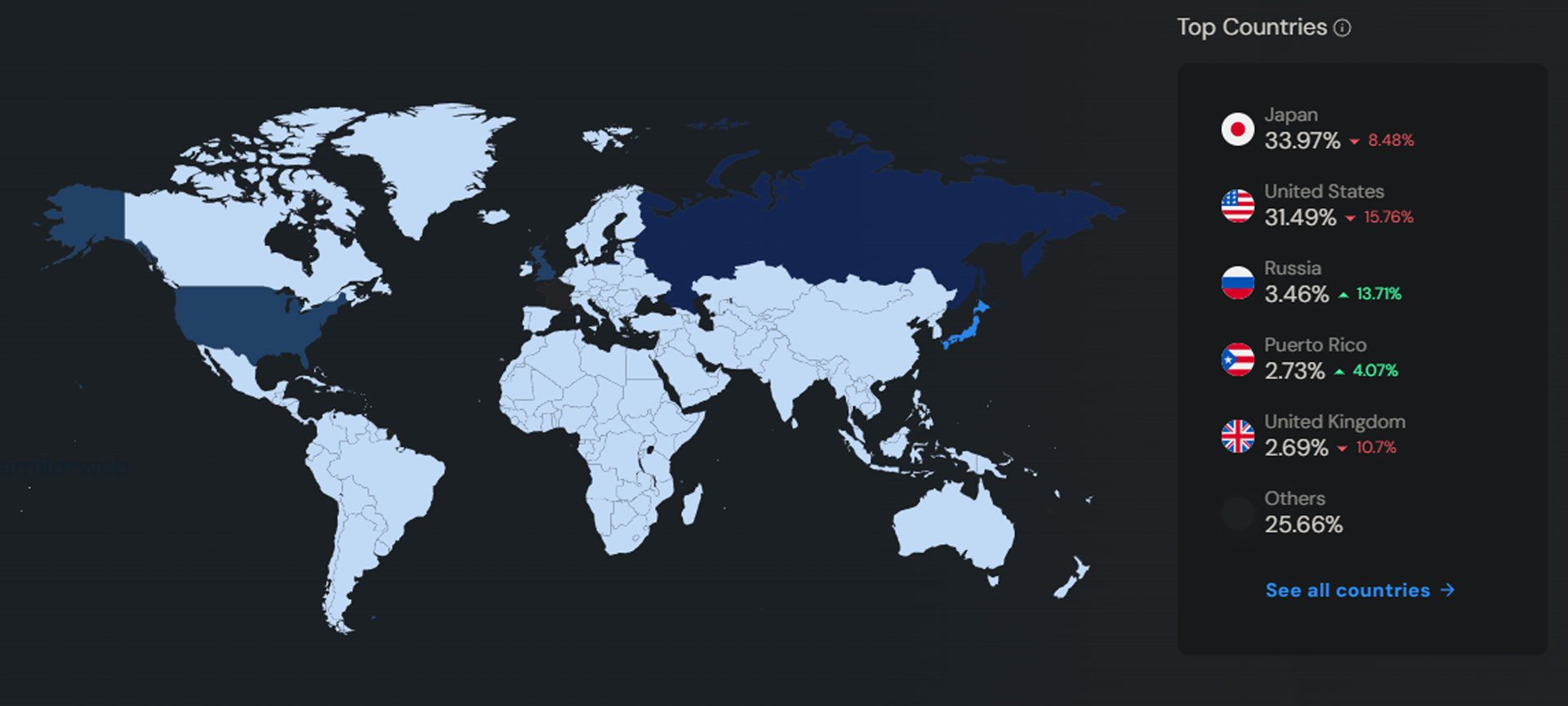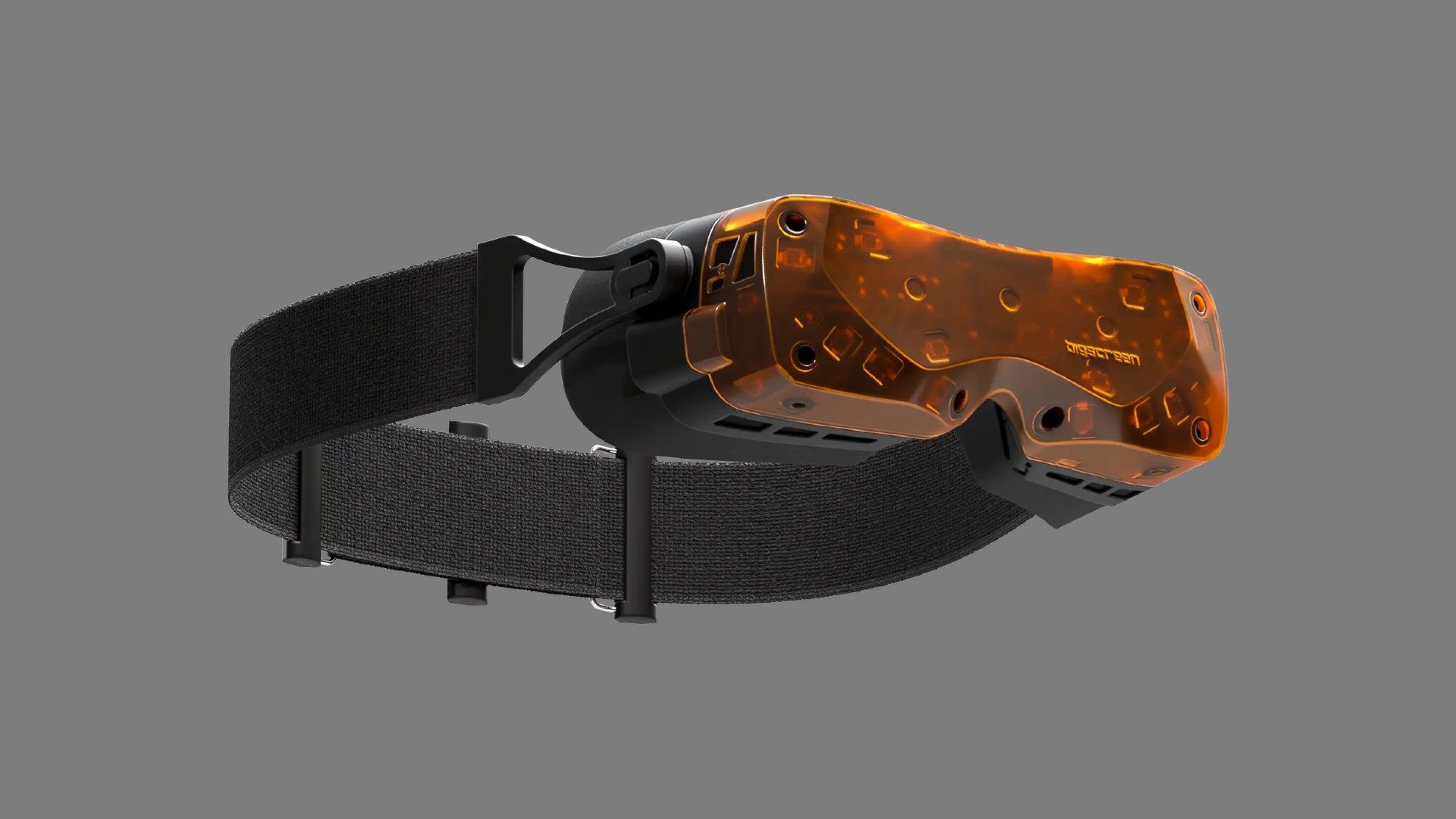
Bigscreen announced it’s officially begun shipping the first production units of Beyond 2, the company’s latest slim and light PC VR headset.
Following a recent production delay, the company says in a blogpost that Beyond 2 headsets are now shipping, noting that due to a backlog of pre-orders, fulfillment will continue through August and beyond.
Bigscreen says that new orders placed today are expected to ship between August and September, with the goal of clearing the backlog by late September and transitioning to near-immediate fulfillment.
This includes both versions currently on sale—Beyond 2 and Beyond 2e—the later of which includes eye-tracking. Beyond 2 is priced at $1,019 and Beyond 2e at $1,219, both of which can be purchased direct from Bigscreen.
And Beyond 2 has proven to be pretty popular with pre-order customers. The company said during its March pre-order launch that its first 24 hours of sales outsold the original Beyond by “more than the first four months”.
Additionally, Bigscreen now says that more units were sold in the first 11 days than all Beyond 1 units sold in its first year. This has prompted the company to expand manufacturing at its Los Angeles factory, as well as hire new technicians and customer support staff. Bigscreen says it’s additionally deployed engineers to overseas suppliers to supervise production.
As for its other products, the company says that orders with the optional Custom-Fit Cushions placed through May 7th will ship by mid-August, while Halo Mount orders will begin shipping in late September or October due to manufacturing delays.
What’s more, customers who ordered a Beyond 1 and haven’t received a unit yet will automatically be upgraded to Beyond 2, putting them first in line for shipments, which is expected to complete by July 25th, Bigscreen says.
Notably, the company assured customers back in April that its latest PC VR headset wouldn’t increase in price due to tariffs, which have been levied by the US government on many goods manufactured in China.
